Harvesting Chard: How And When To Harvest Swiss Chard Plants
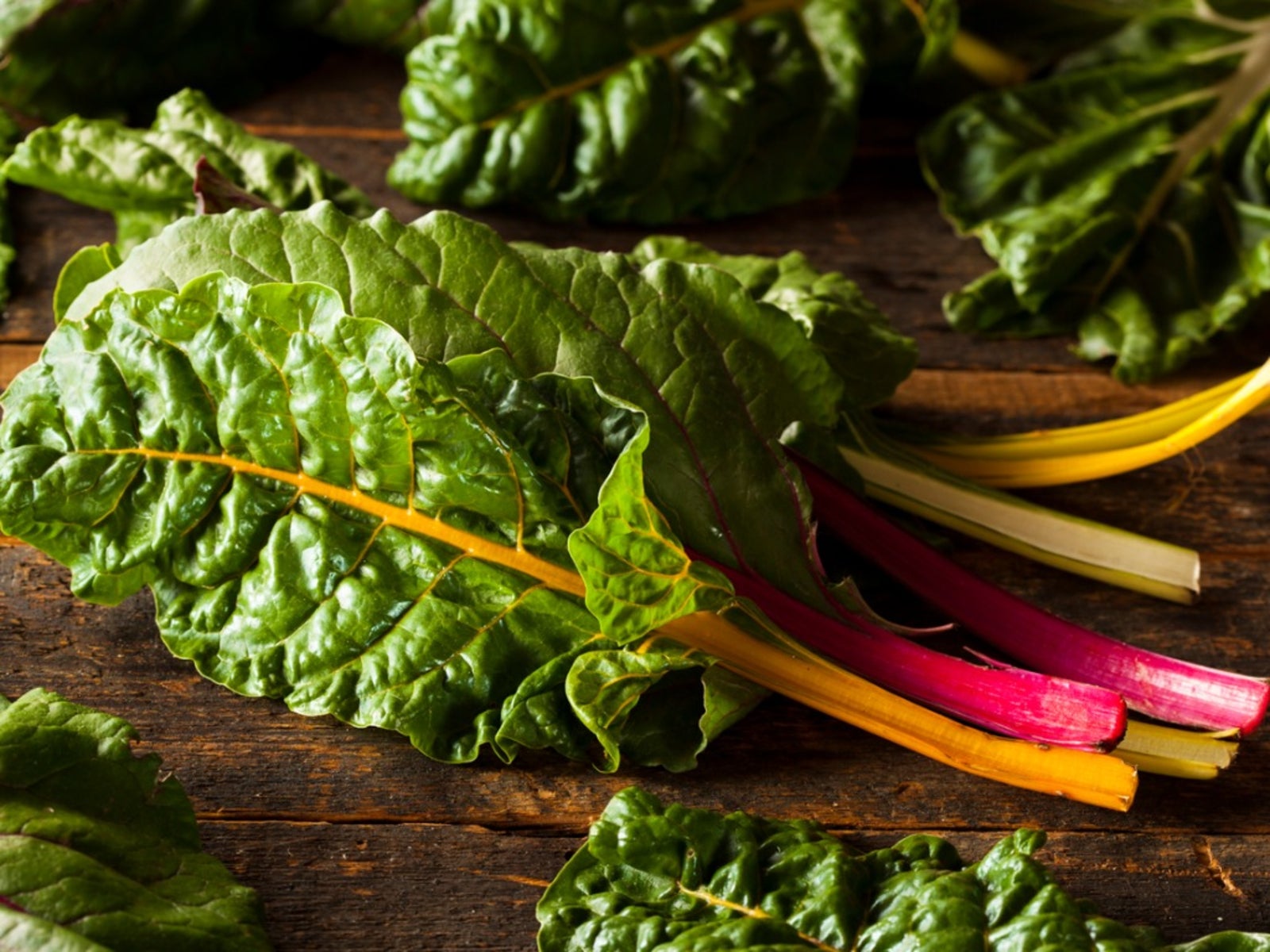
Chard can be eaten when young in salads or later in stir-fry. The stalk and ribs are also edible and resembles celery. Chard is an excellent source of vitamins A and C and adds great beauty to the garden. To get the most from your Swiss chard harvest, it is a good idea to become familiar with how and when to harvest Swiss chard from the garden.
Swiss Chard Harvest
Swiss chard, a member of the beet family, is known by a host of other names including silverbeet, perpetual spinach, spinach beet, sekale beet, crab beet, and mangold. Swiss chard is an attractive, leafy vegetable with a red stalk that produces an abundance of fresh greens all summer long, though many other varieties offer other colors as well. Chard reaches a mature height of 1 to 2 feet (31-61 cm.) and is relatively easy to sow from seed or transplants. You can grow chard anywhere that lettuce and spinach will grow. It can be planted early in the season, as the seedlings are tolerant to frost. Swiss chard likes organic-rich, well-drained soil and plenty of sun. Once chard reaches its maturity, you'll need to begin harvesting chard. So how and when is chard ready to pick?
When is Chard Ready to Pick
Chard can be harvested while the leaves are young and tender, smaller than 4 inches (10 cm.), or after maturity. Once you have begun your Swiss chard harvest, the plants can be continually harvested up until it frosts. If you desire a fresh addition to a tossed salad, you can snip Swiss chard leaves when they are very small. Larger pieces of chard can be cut and used in stir-fry dishes. As long as chard is cut it will produce more leaves. Stalks and ribs can also be cooked and eaten like asparagus.
How to Pick Swiss Chard
The most common method for how to pick chard is to cut off the outer leaves 1 ½ to 2 inches (4-5 cm.) above the ground while they are young and tender, about 8 to 12 inches (20-31 cm.) long. Older leaves are often stripped off the plants and discarded to allow the young leaves to continue to grow. Be careful not to damage the terminal bud. Provided the growing point is not damaged, all leaves can be cut off to within 2 inches (5 cm.) of the soil. Harvesting chard is best done with a clean and sharp pair of garden scissors or a knife. Sever leaves at the base of the plant. New leaves will grow quickly. Swiss chard can be stored for one to two weeks if refrigerated.
Gardening tips, videos, info and more delivered right to your inbox!
Sign up for the Gardening Know How newsletter today and receive a free copy of our e-book "How to Grow Delicious Tomatoes".
-
 Looking For Plants To Give You The Soft And Fuzzies? Try These 5 Fuzzy Leaf Plant Options
Looking For Plants To Give You The Soft And Fuzzies? Try These 5 Fuzzy Leaf Plant OptionsLovers of texture, drama, silver foliage and tactile plants will adore these special sensory garden additions. These fuzzy leaf plant options will leave you all aglow
By Susan Albert
-
 Get Ready For A Summer Of Hummers! Grow These Full Sun Hummingbird Plants and Flowers
Get Ready For A Summer Of Hummers! Grow These Full Sun Hummingbird Plants and FlowersIf you’re lucky enough to enjoy a sunny backyard, make sure you are maxing out on your pollinator opportunities and grow these full sun hummingbird plants and flowers
By Tonya Barnett
-
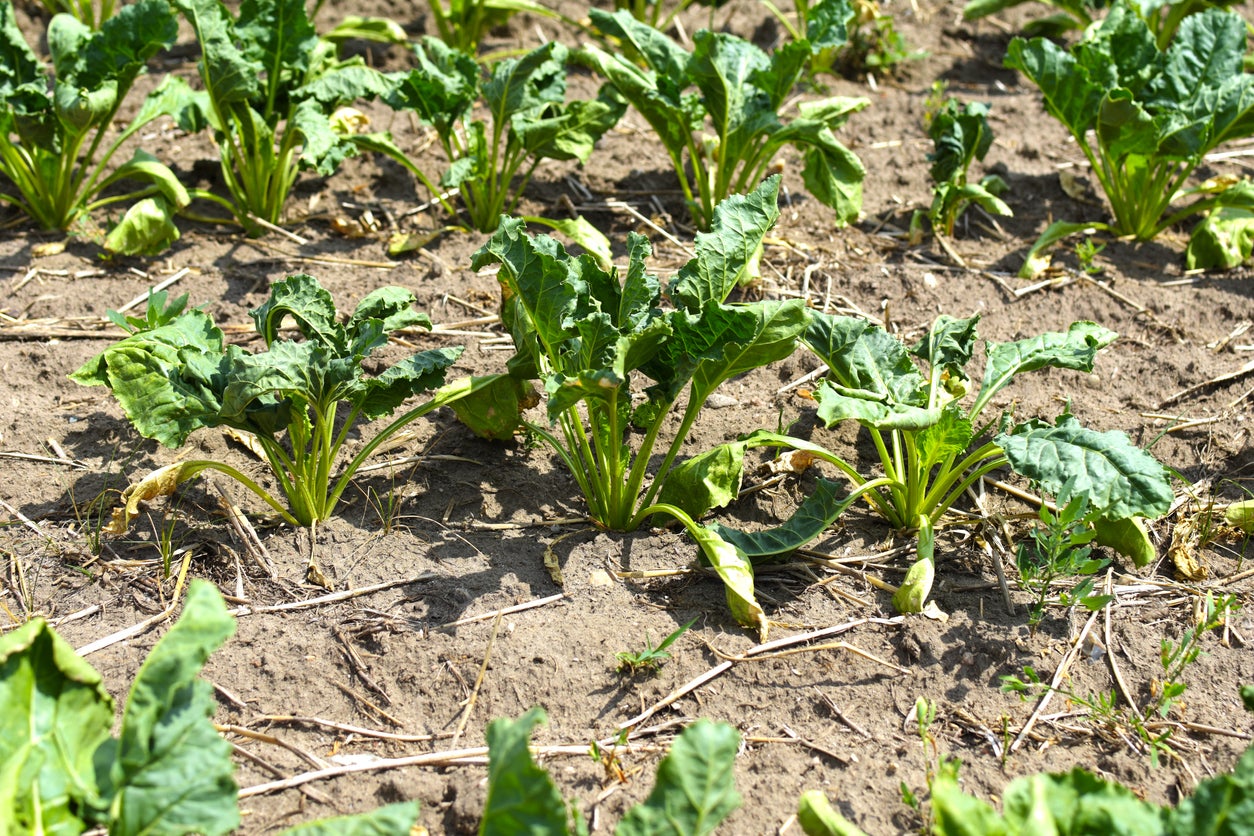 Wilting Swiss Chard Plants: Why Is My Swiss Chard Wilting
Wilting Swiss Chard Plants: Why Is My Swiss Chard WiltingSwiss chard is a great garden plant that's easy to grow and get a lot of success from, but like anything, it's not a guarantee. Sometimes you hit a snag, like wilting. Wilting is actually a really common problem, but it only has a few causes. Learn more here.
By Kristi Waterworth
-
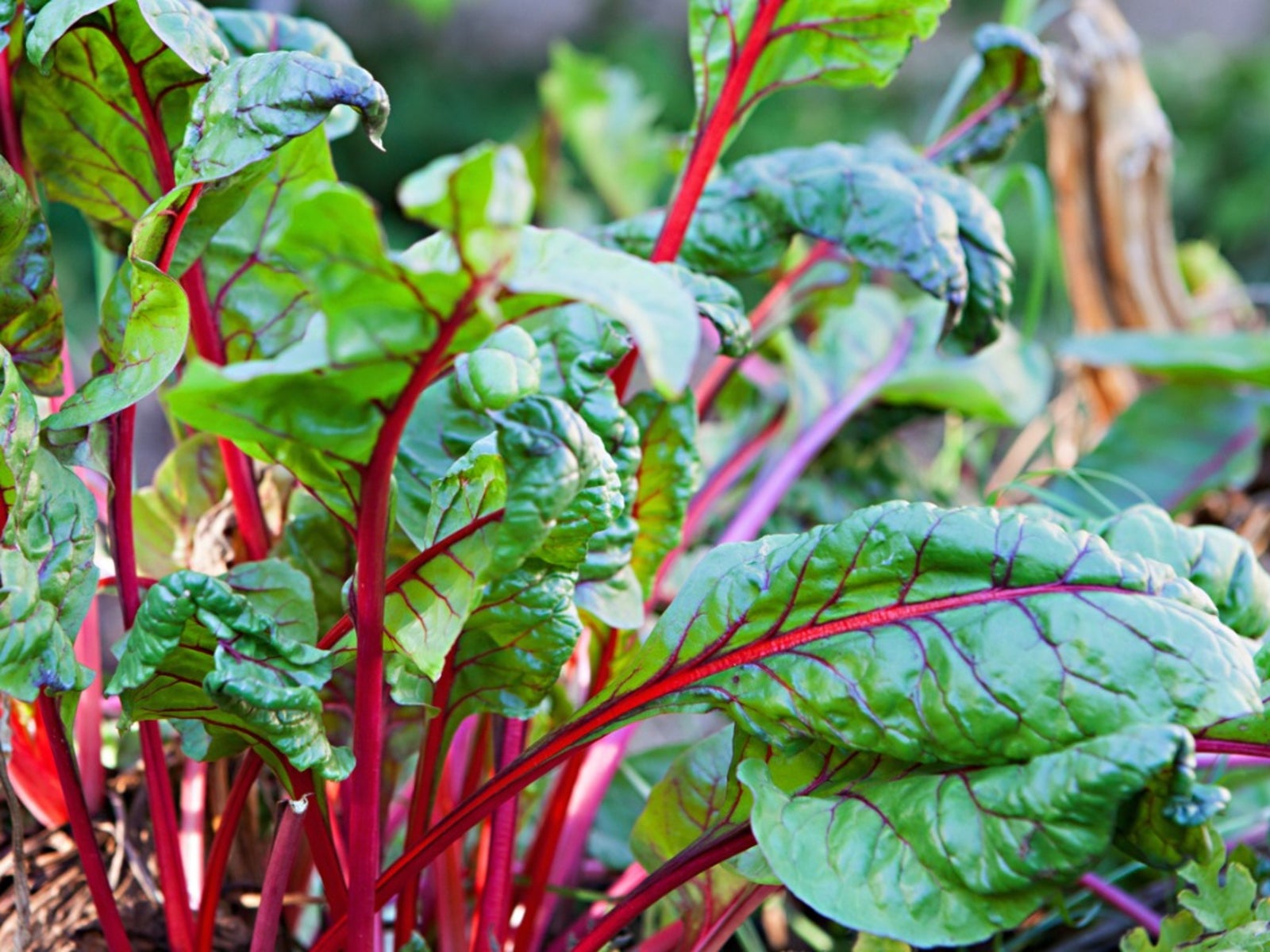 Why Did My Chard Bolt: What To Do With Bolted Chard Plants
Why Did My Chard Bolt: What To Do With Bolted Chard PlantsChard is a great addition to any vegetable garden. Not only is it pretty, but the leaves are tasty, versatile, and very good for you. Grown in the cooler seasons, chard typically won't bolt in summer. If you do have bolting chard plants, all is not lost. Learn more here.
By Mary Ellen Ellis
-
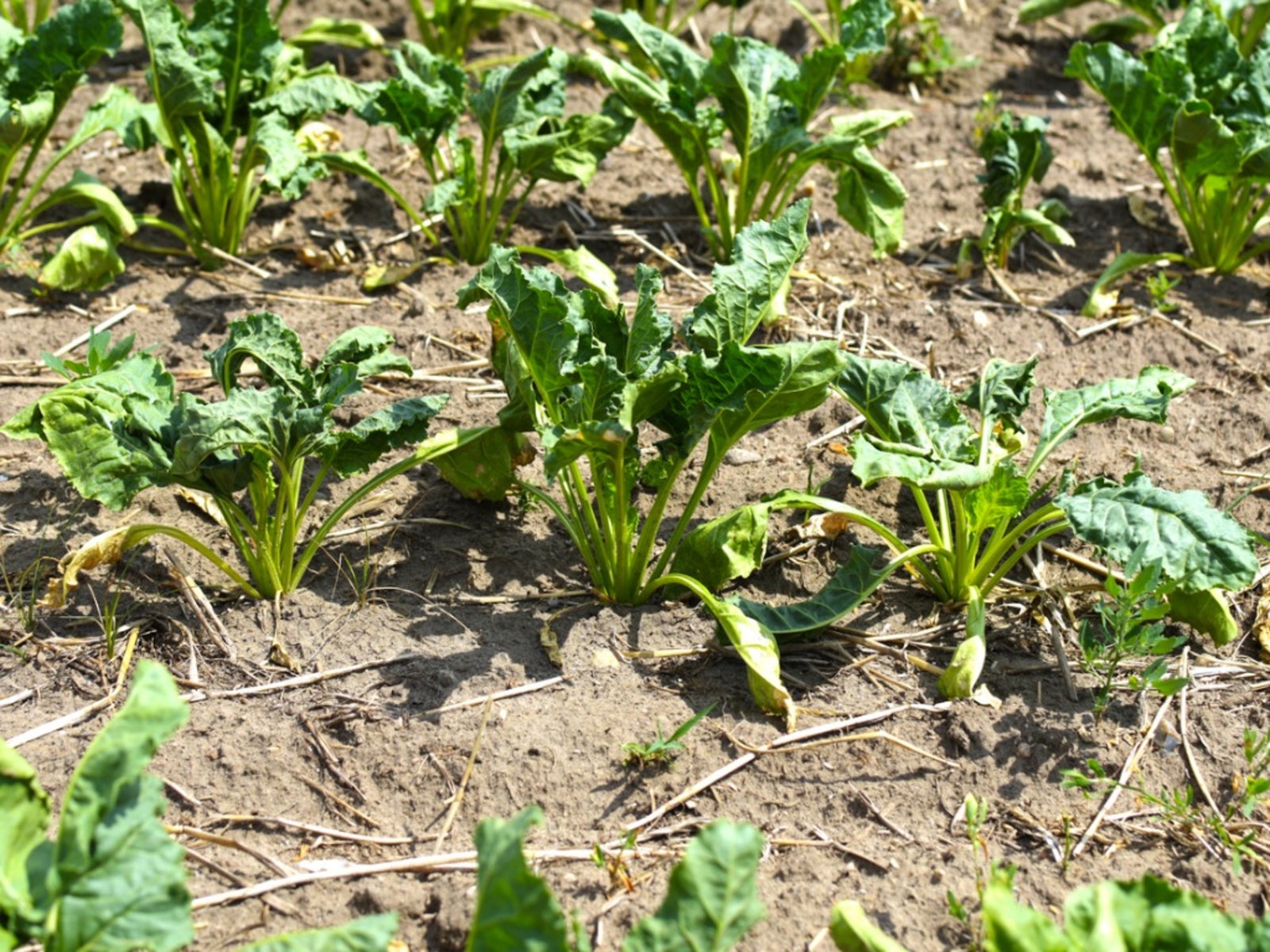 Sick Swiss Chard Plants: Identifying Signs Of Swiss Chard Disease
Sick Swiss Chard Plants: Identifying Signs Of Swiss Chard DiseaseSwiss chard diseases are not numerous, but just one of them can wipe out your crop for the year. But, if you know about these diseases and pests, you can take steps to prevent or treat them and save your harvest. Learn more in this article.
By Mary Ellen Ellis
-
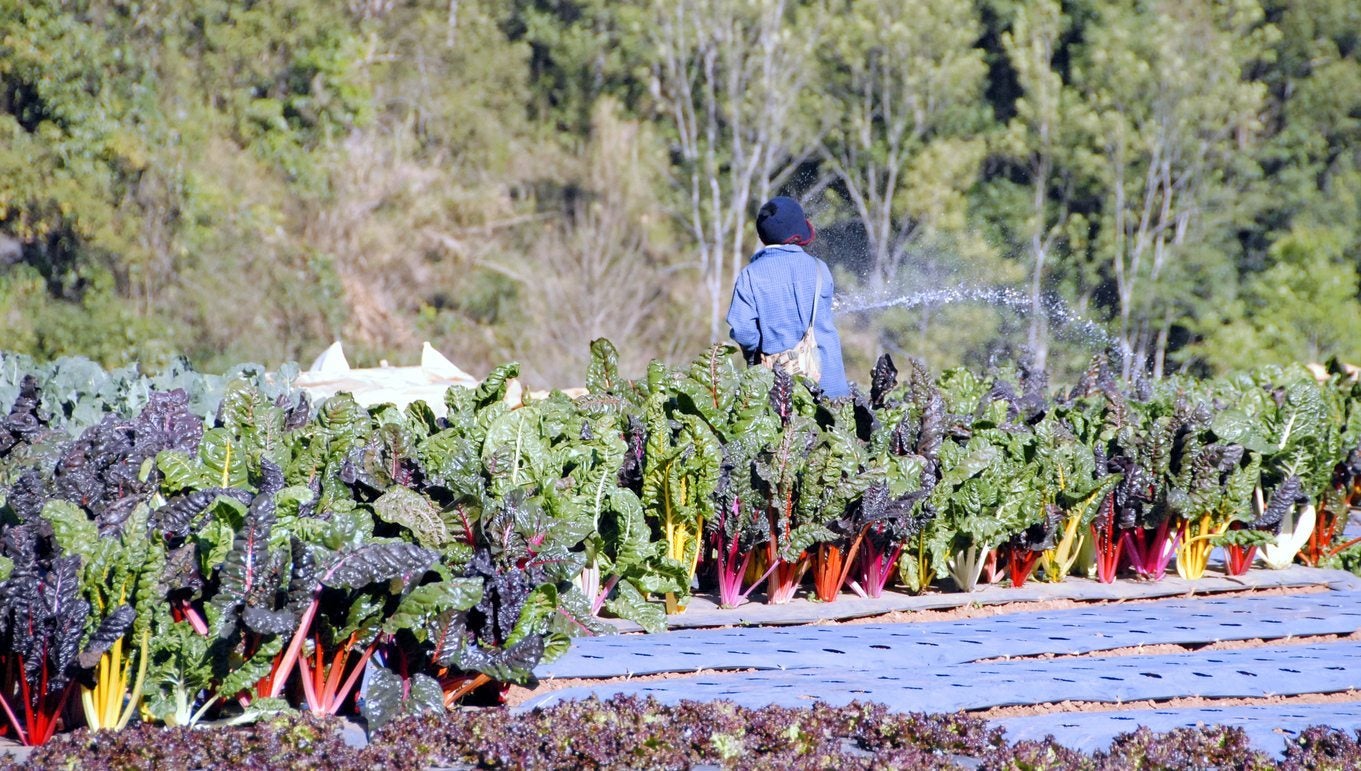 Cold Hardy Swiss Chard – Can Swiss Chard Grow In Winter
Cold Hardy Swiss Chard – Can Swiss Chard Grow In WinterSwiss chard not only grows well in the hot temperatures of summer, but it also tolerates frost. In fact, chard may actually taste better when it?s grown in cold weather. Click this article for information on caring for Swiss chard in winter.
By Ilana Goldowitz Jimenez
-
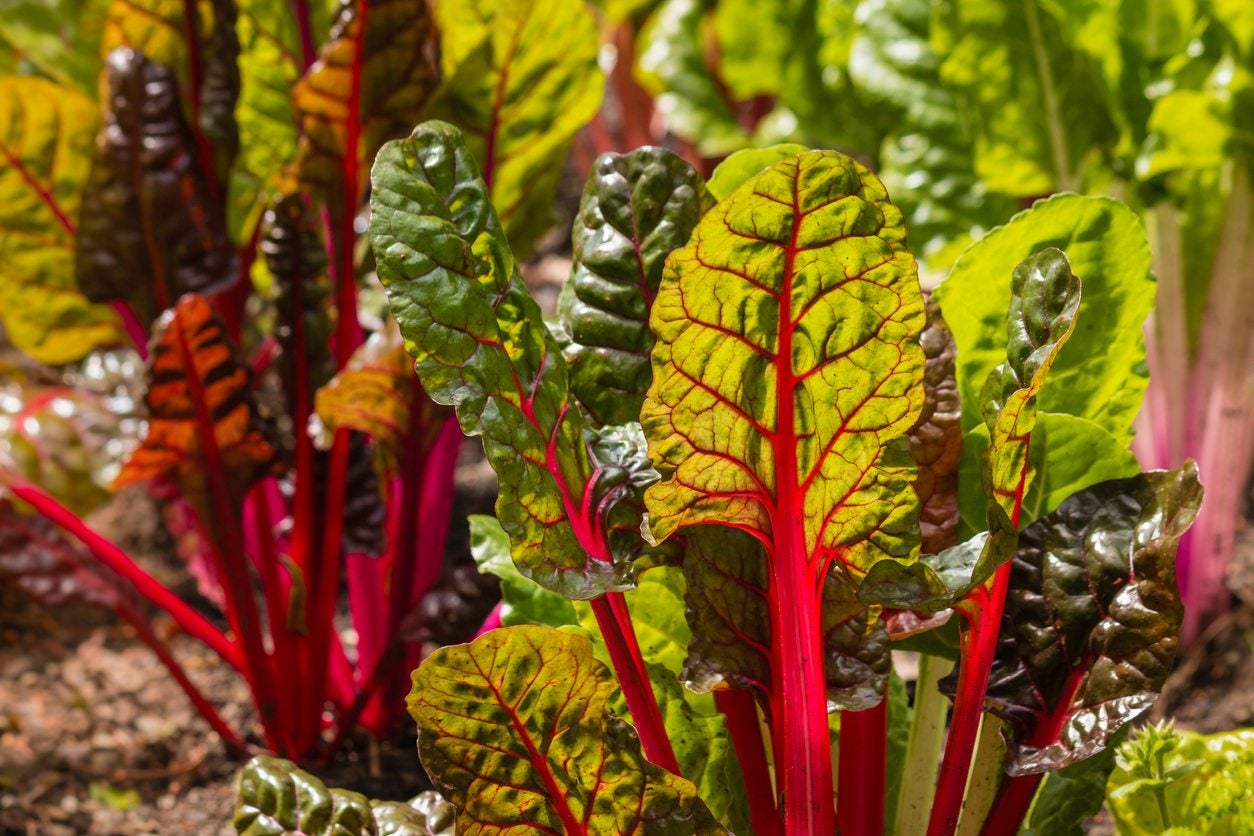 Swiss Chard Fall Planting: When To Plant Chard In Autumn
Swiss Chard Fall Planting: When To Plant Chard In AutumnGrowing Swiss chard in autumn allows you to get a final harvest since it is a cool season plant. In order to successfully get a harvest before the freezing weather comes, you have to know when to plant chard in autumn. This article will help with that.
By Bonnie L. Grant
-
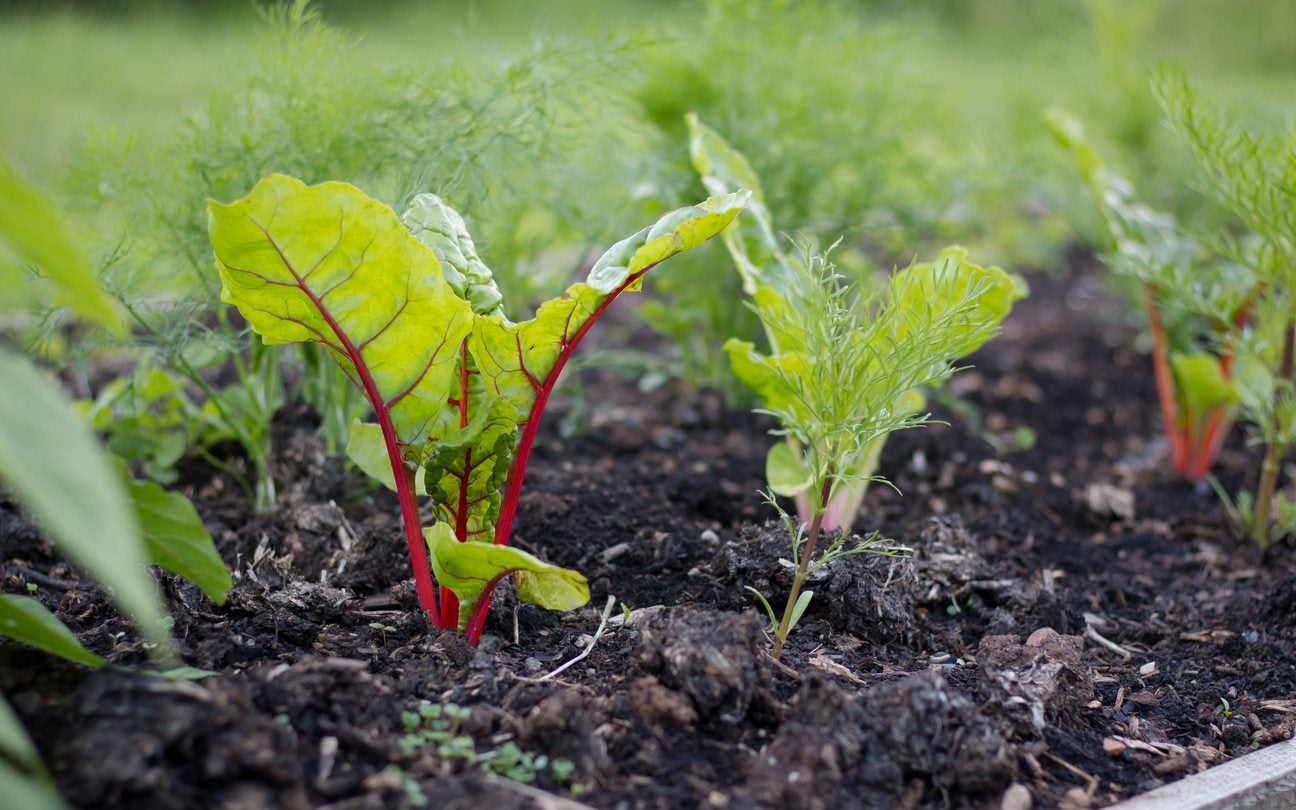 Swiss Chard Spring Planting: When To Plant Chard In Spring
Swiss Chard Spring Planting: When To Plant Chard In SpringSwiss chard can be planted early in spring or midsummer. Chard in summer can bolt and get bitter, though, so Swiss chard spring planting is one of the better times to sow and harvest this healthy, delicious plant. Learn more about spring planting chard here.
By Bonnie L. Grant
-
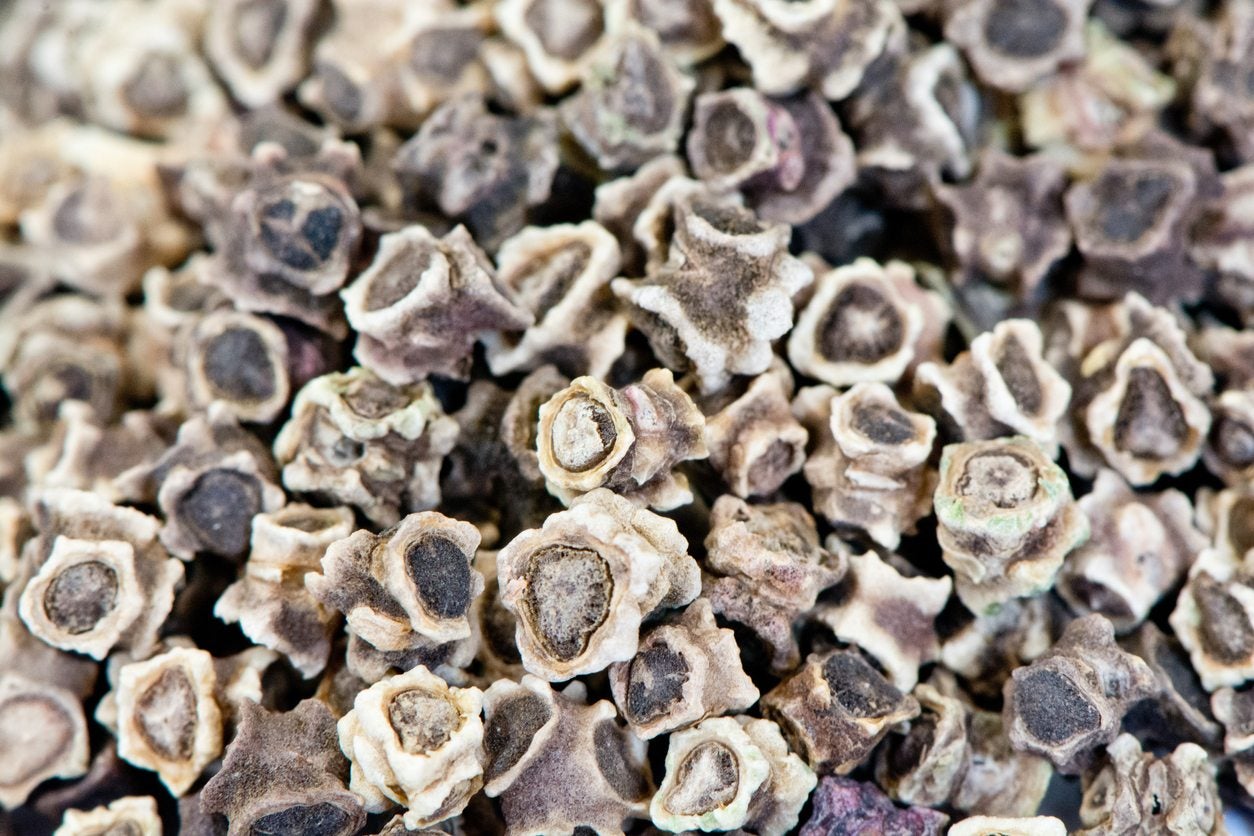 Swiss Chard Seed Care: How To Plant Swiss Chard Seeds
Swiss Chard Seed Care: How To Plant Swiss Chard SeedsChard can be started early in the spring and counted on not to bolt (usually) in the heat of summer. You can learn more about Swiss chard seed care and when to sow Swiss chard seeds in the article that follows. Click here for more information.
By Liz Baessler
-
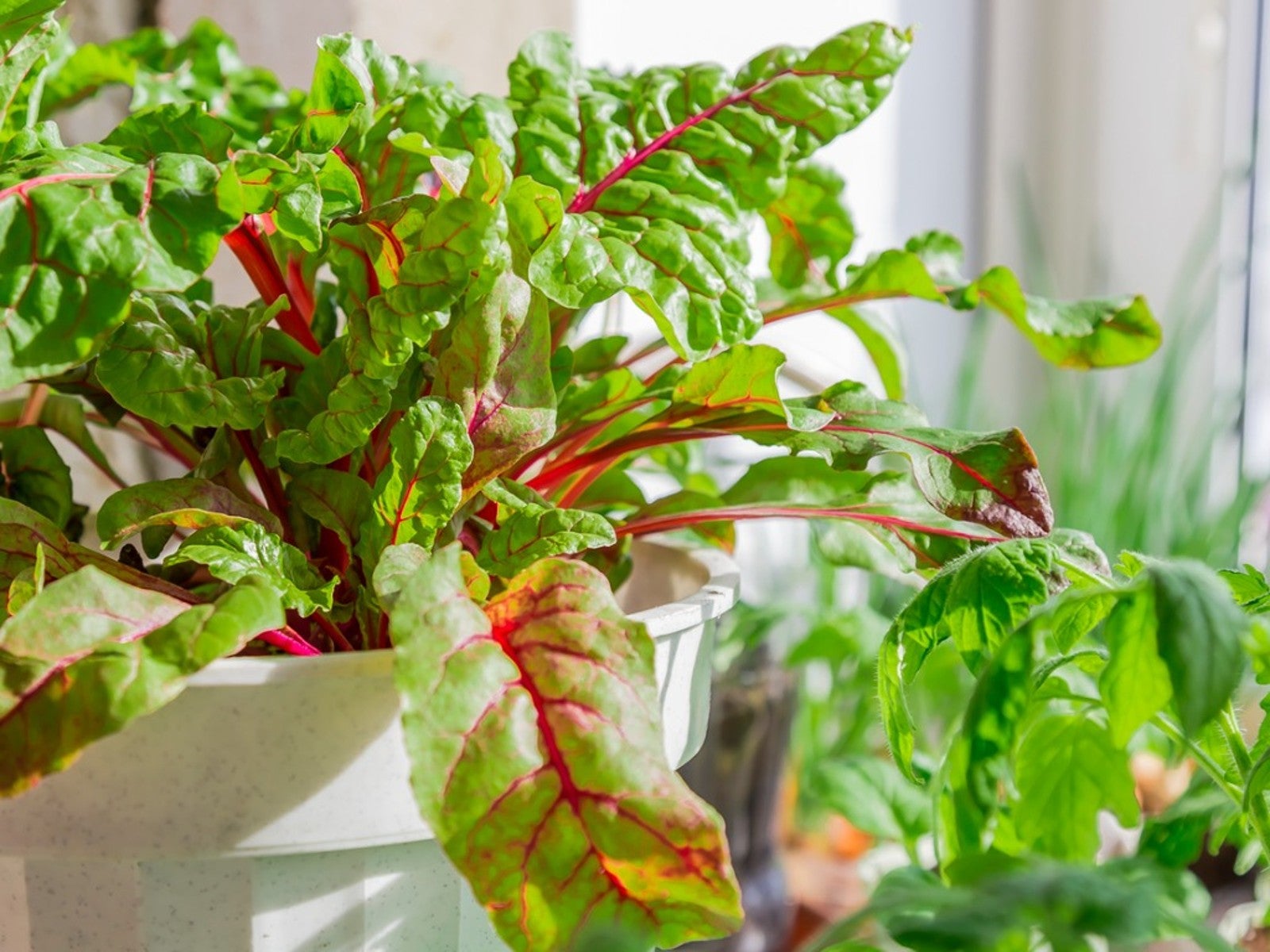 Swiss Chard Care In Pots – How To Grow Swiss Chard In Containers
Swiss Chard Care In Pots – How To Grow Swiss Chard In ContainersSwiss chard is not only delicious and nutritious but is also ornamental. As such, planting Swiss chard in containers does double duty; it provides a showy backdrop for other plants and flowers and makes for easy picking. Click here to find out how to grow Swiss chard in containers.
By Amy Grant